How We Got to NAO!!1! (Part 2) – Pseudomé Studio Animation History
After completing II:Prologue, we realized that the scope of the project was just too massive for a couple of guys to complete. It was a cool endeavor and we learned a great deal. But making people wait 4-5 years between installments would be just a wee bit ridiculous. So what to do?
Well, we wanted to continue to produce animation. We figured we’d go with something simpler for a follow-up project. Something that was basically just a one-off. And that took the form of Mehka.
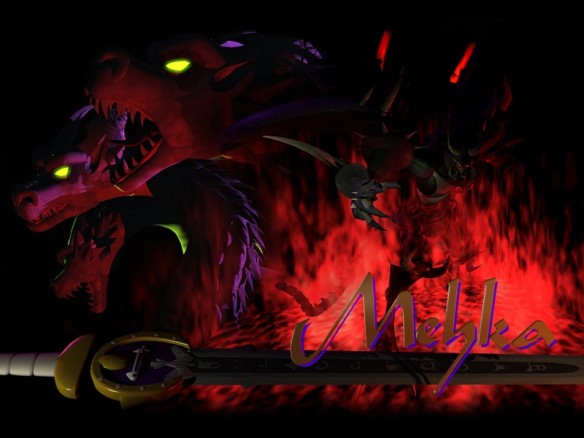
The story of Mehka was very simple: a man forced to fight off the wrath of the Gods, while trying to maintain a simple life with his loved one. In fact, the story was so simple, there wasn’t going to be any dialog. We were going to attempt to convey everything through actions, body language, etc.
That meant that we were going to need to push Ray Dream to its limits. In fact, Mehka was also designed as a sort of “last hurrah” for Ray Dream. We wanted to see just how far we could push it. As such, we invested in third party plugins like Bone Bender, Furrific and inverse kinematics. Similarly, we stepped up our texturing to UV mapping, which allowed us to make much more accurate, detailed bit maps which were going to be necessary for our more complex models.
Some of our early results were impressive (by Ray Dream standards). However, by pushing the software to its limits, it threatened to tear itself apart.
For example, here are two pictures of “Mehka” herself. They look pretty similar at first glance. But the first one is full of rendering anomalies that we just had a heck of a time getting rid of.
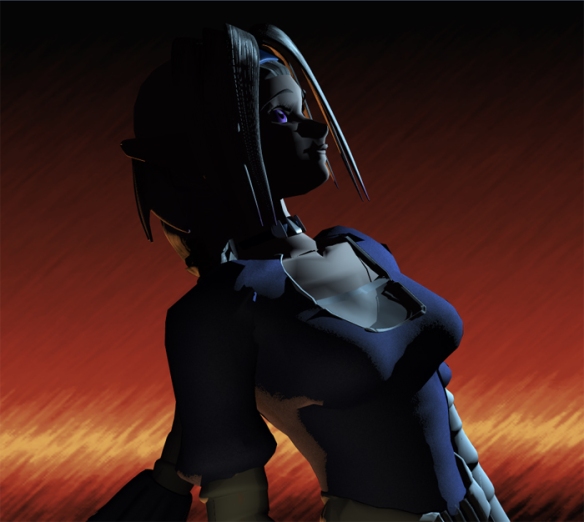
And this second one is after we ran it through Photoshop to clean it up and ‘Pretty-fi” it. If you look around her arms and chest, you’ll notice the biggest change.
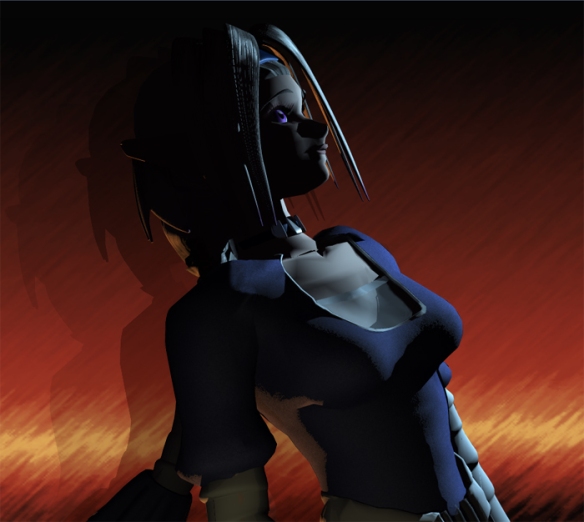
Throughout our testing, the third party plugins, which did give us a lot more flexibility, tended to yield bizarre results. For example, below is a test render from the “champion mech”. During some renders, the inverse kinematics would freak out and would yield crazy arm or leg motions. Other times, it would work just fine.
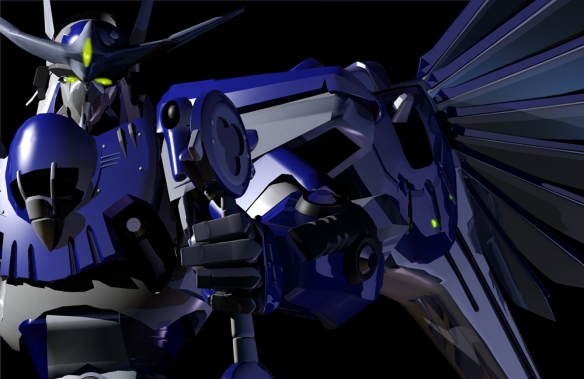
And then there was the UV mapping. It worked. It worked quite nicely. Except when the meshes moved. Basically, the UV map would maintain its position in 3D space. And as the mesh moved, it looked like the model was moving through the stationary texture map. This wasn’t a huge problem for the mechs, which were still primarily constructed from interlocking piece-parts. But organic items, like our hydra or people just wouldn’t work properly.
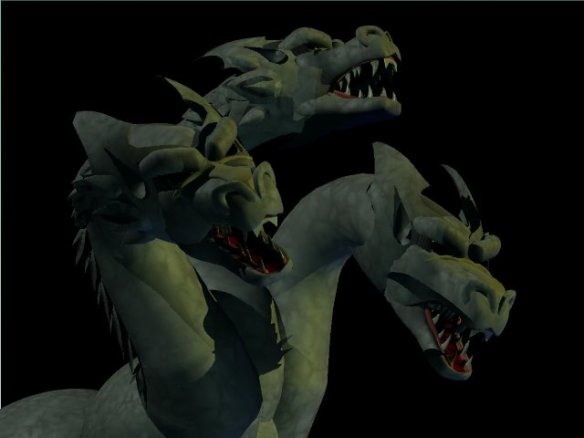
In the end, there were simply too many issues to allow the project to get out of the testing phase and it needed to be abandoned. Which, it was.
The last of the great animation projects
We still wanted to work on another animation project. But what could we do which was simple and quick enough to yield reasonable results? After a while of hemming and hawing, we met with a “webcasting” company who wanted to produce some original content. Initially, they wanted us to film ourselves in live action as we talked about animation and such.
However, we saw this as an opportunity to use animation as a means of talking about animation, comics, etc.
At this time, Flash animation was all the rage. But, we still had Ray Dream as our go-to animation program. Obviously with Mehka, we learned that we couldn’t do anything very advanced. But what if we could combine some hand-drawn animation with the tools of Ray Dream?
We ended up with THE Show. A sort of variety talk show that centered around the creation of comics and animation. You can actually check out the first two episode below.
As it turns out, this pre-dates YouTube by a couple years. And not unlike YouTube, this webcasting company had a system in place for “meta data”. In terms that mattered to us, the viewer program that they employed allowed us to embed informational slides or other content next to the video which we could call up at specific time codes. It gave us the ability to insert extra information or even correct information after the video was already published—again, not unlike YouTube of today.
We had a third episode lined up, but there wasn’t any more interest from the webcasting company. And prior to YouTube, we had no reasonable means of disseminating or popularizing THE Show. So, that got shelved and we moved onto comics. Webcomics, actually. But that’s a topic for How We Got to NAO!!1! (part 3)
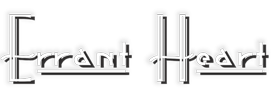
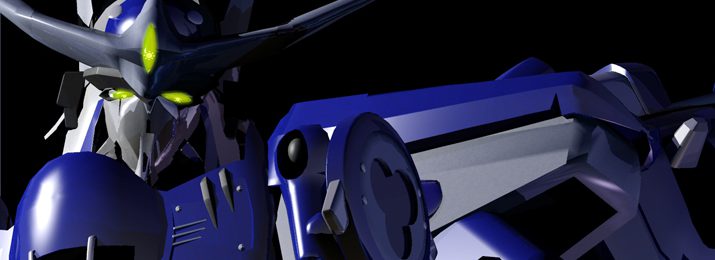
0 comments